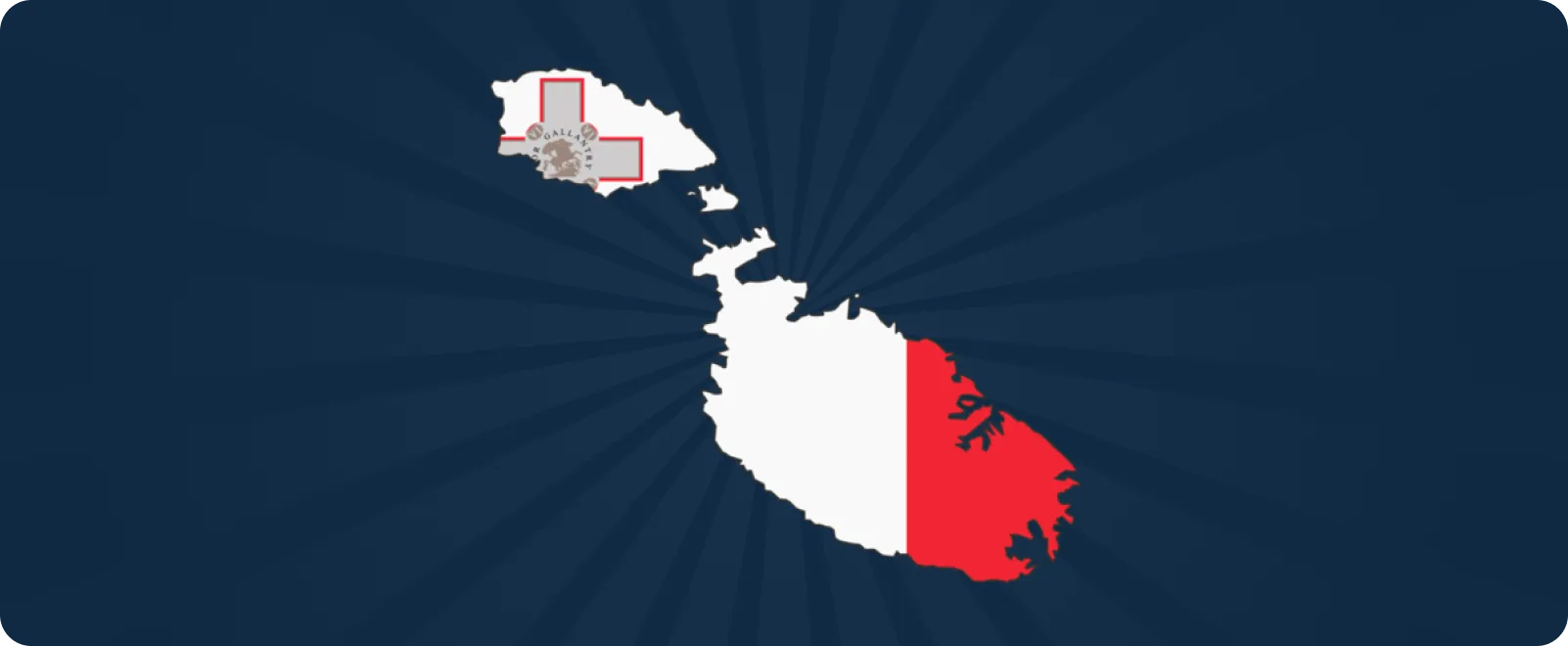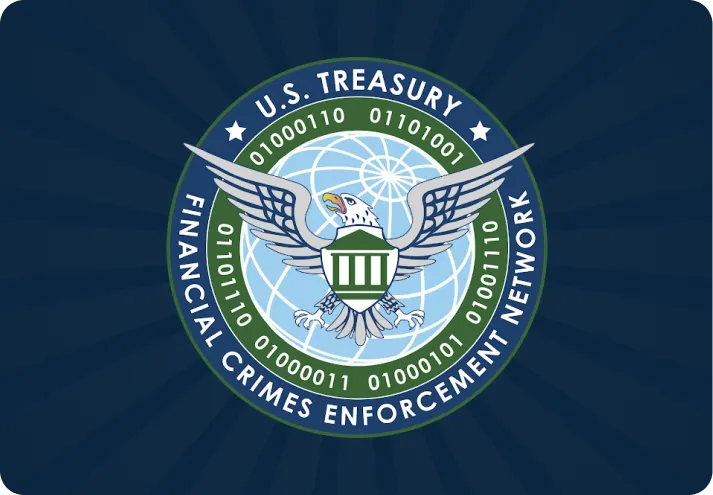News / Malta Human Trafficking Report Highlights Financial Red Flags and Required AML Measures
Malta Human Trafficking Report Highlights Financial Red Flags and Required AML Measures
Malta’s guidance on Human Trafficking & Modern Slavery addresses preventing illicit activities through AML compliance and red flag Alerts.11 min read

The report titled “Human Trafficking & Modern Slavery Guidance and Typology Report for Malta” was created to raise awareness about the seriousness of “human trafficking and modern slavery (HT/MS)” in Malta. It considers both international and local information, as well as global factors.
The report gives guidelines for detecting illegal suspicious activities and measures to identify HT/MS crimes in the country. Financial institutions are mandated to enhance their compliance efforts to combat HT/MS by following recommended regulatory obligations.
It emphasizes the significance of creating advanced tools in financial organizations to generate “HT/MS reports related to money laundering activities” and deliver them to the relevant authority, “The Financial Intelligence Analysis Unit (FIAU).”
Critical Findings from the Report
Following are the significant key findings of the report.
- As per the report, HT/MS is a worldwide crime, and it is prevalent in each sector of almost every country, including Malta.
- Malta has the appropriate and robust legal frame to combat HT/MS crimes and enforce laws to protect the country, and its strong commitment can be observed by its involvement in global discussions and agreements such as “UN Protocol on Trafficking.”
- Financial exclusion is another major reason for increased susceptibility to HT/MS crimes as when people do not have the choice or freedom to avail financial services such as loans from banks, they are more vulnerable to getting trapped by exploiters such as “Women, children, and refugees having a low salary.”
- Investigating HT/MS crime is the first step in combating these crimes, and banks play an important role in identifying and reporting suspicious activities to the FIAU.
- In Malta, human traffickers use fake jobs, secret bank accounts, and different means of transactions like tricky payments to hide the source of illegal money in addition to creating fake companies,
- Certain indicators are used to identify “HT/MS-related money laundering”. They are referred to as financial red flags that can depict illicit activities such as detecting “suspicious transaction patterns, multiple accounts on same contact information like email, phone number and transactions related to countries that are considered as high risks or sanctions are imposed on them.”
- Certain financial sectors are more vulnerable for HT/MS, Such as “agriculture, construction, and hospitality,” as individuals who move to foreign countries for work can be forced to work on low pay and are exploited by traffickers.
- An Advanced AML system with an “automated transaction monitoring” feature is required to identify the unusual and illicit flow of financial transactions linked with HT/MS.
The Importance of Financial Inclusion
The report states, “A vulnerable population of 1.4 billion people with no access to formal banks and lenders.”
This information signifies the dependence of individuals belonging to the lower class on certain jobs, and they are exploited easily for HT/MS because they have no means to earn or survive instead of relying on people who offer them jobs on a low income. They are forced to work in inappropriate environments.
The term for such people is defined as “Being unbanked or under-banked, which is referred to as being “financially excluded” in the report.
People who face poverty, injustice in getting treated by society due to different gender, belonging to a different country, and having a lower level of education are the factors that lead them to undergo “marginalization from society.”
The main reason for “increased vulnerability to HT/MS is Financial exclusion.”
Survivors find it difficult to reintegrate into society and enjoy all the benefits of being treated equally, receiving education, and having fair opportunities due to a lack of access to basic financial services at banks.
They have hurdles in getting access to financial services at banks due to a lack of documentation for verifying their identity, such as permanent residence address or having “criminal records and bad credit status” due to being exploited.
Read Also:
- Australia’s AML/CFT Law Tranche 2 Expanding Compliance Requirement
- IMC Strengthens Singapore AML Regime with Proactive Prevention, Timely Detection, and Effective Enforcement
- UK OPBAS Report Highlights Areas for Improvement in AML Supervision Among Legal and Accountancy Sector
How do you detect Red Flags Related to Human Trafficking (HT) and Modern Slavery (MS)?
Suspicious Transaction Patterns
Detecting unusual bank transaction patterns can be a red flag and lead to suspected illegal activities such as HT/MS. Suspicious transaction patterns involve the following techniques:
Use of Funnel Accounts
Financial criminals use funnel bank accounts to launder money from one place to another.
Funds obtained through illicit activities are deposited into one bank account in one location and then transferred to other bank accounts.
This allows the criminals to withdraw funds from multiple bank accounts in different locations, helping them avoid detection and capture.
This technique allows money launders and traffickers to hide the source of illicit funds.
Small Deposits and Big Withdrawals
Traffickers often use a pattern in which they deposit funds in small amounts to avoid triggering indicators of suspicious transactions and then withdraw large amounts of funds.
This method can be used to transfer proceeds from trafficking or forced labor across countries.
Multiple senders and the Same Receiver
When multiple senders transfer money to the same receiver, they use the same contact information, such as phone number, address, and email address.
It indicates that traffickers manage these accounts.
Unstable Customer Behavior
Conflict of Lifestyle with Financial Status
If a customer claims to have a modest job but their bank balance does not align with their claimed income or if their bank account shows a large amount of money or frequent large deposits, it may indicate their involvement in crimes such as money laundering related to human trafficking or migrant smuggling.
Strange Salary Payments
Suppose a customer is receiving the same amount of funds in their bank accounts and has no variations in salary amount, like no add-up due to bonus or overtime, or has a lower salary than the usual minimum wage.
In that case, it indicates that he has suffered labor exploitation. The exact amount suggests that he might be trying to hide his source of money.
Frequent Account Openings and Closures
If a customer opens a bank account in one location and then quickly closes it, and officials observe the same pattern with the same client in a different location, it could indicate involvement in suspicious activities.
The client opens an account for a short duration. Traffickers use this trick to transfer money worldwide to avoid detection steps.
Geographical Indicators
High-Risk Countries
Transactions sent to countries associated with human trafficking or weak financial regulation are red flags. These nations lack strong labor laws for migrants, making exploitation easy.
Trafficking Routes
Money transferred between the same cities or countries is also considered another indicator or red flag.
Traffickers use mostly these same routines to move “money or people illegally” and avoid detection.
Product and Service Use
Use of Third-Party Payment Processors (TPPPs)
Money launderers and traffickers don’t use traditional banking; instead, they primarily use “Third-Party Payment Processors (TPPPs), prepaid cards, and digital currencies (cryptocurrency)” to transfer their illicit funds across countries.
This method allows them to avoid tracking the transactions and mask the funds’ source.
Payments on Odd Business Hours
If businesses such as “massage parlors, beauty salons, or similar organizations” are receiving payments at unusual times when these services are closed.
This might indicate the Human trafficking (HT) exploration.
Physical Indicators
Overcrowded Departments
If a house or apartment is full of people and its size is small, it might be an indicator that traffickers are abusing individuals living there.
Abuse Indications
If a client apparently looks disturbed, physically disturbed, has poor hygiene, or looks malnourished, this might be another indicator that they are victims of HT/MS.
By detecting these red flags, financial institutions such as banks can detect “suspicious activity” that might be connected to “human trafficking or modern slavery (HT/MS)” and assist those institutions in combating these crimes, as per the report.
Automated Transaction Monitoring Systems
Automated transaction monitoring systems identify illicit activities as transactional indicators that can assist compliance officers in detecting and evaluating suspicious transactions related to HT and MS.
Although it’s challenging to discriminate between HT and MS, these indicators provide enough helpful information. Standard AML software doesn’t provide enough insights as it can’t detect transactions related to HT/MS crimes, and suspicious activities are not identified.
Advanced monitoring systems detect unusual transaction patterns that might be linked to HT/MS and monitor transactions for clients in high-risk countries involved in these crimes.
Advanced AML system provides features to detect higher-risk transactions and offers robust AML compliance.
AML Watcher provides AML screening solutions, including adverse media screening. Screening against international news and databases is efficiently done to identify risks associated with countries where the HT/MS ratio is high to prevent illicit activities.
Contact us to learn about our services to protect your organizations from human trafficking and modern slavery-related money laundering.
Book Free Demo
- Regulations
- October 29, 2025
03 min read

- Sanctions
- October 20, 2025
03 min read

- Sanctions
- October 15, 2025
02 min read
Subscribe to our Newsletter
Our best articles, news and stories, delivered to your inbox every week.
